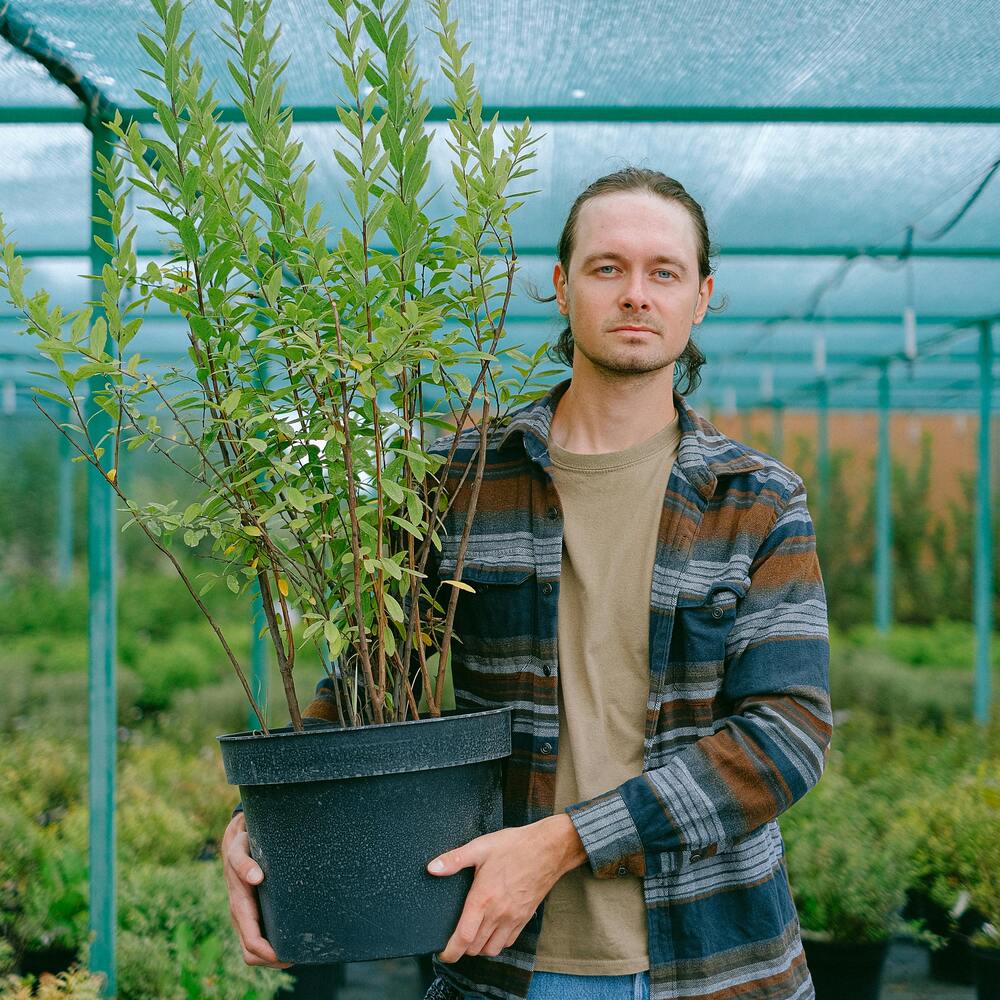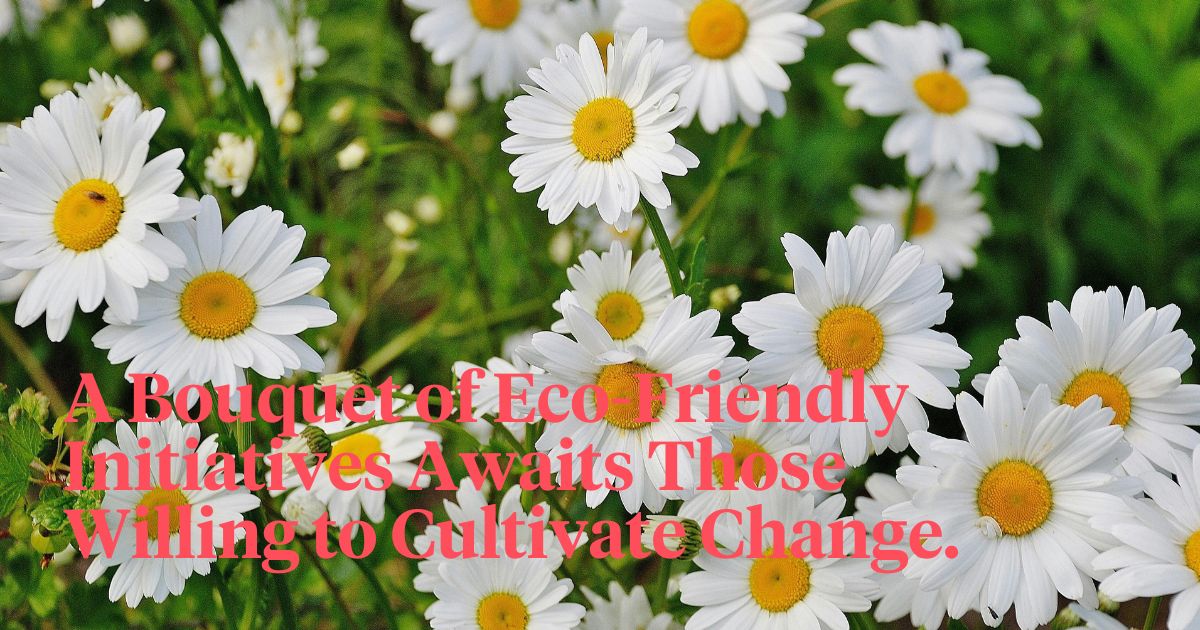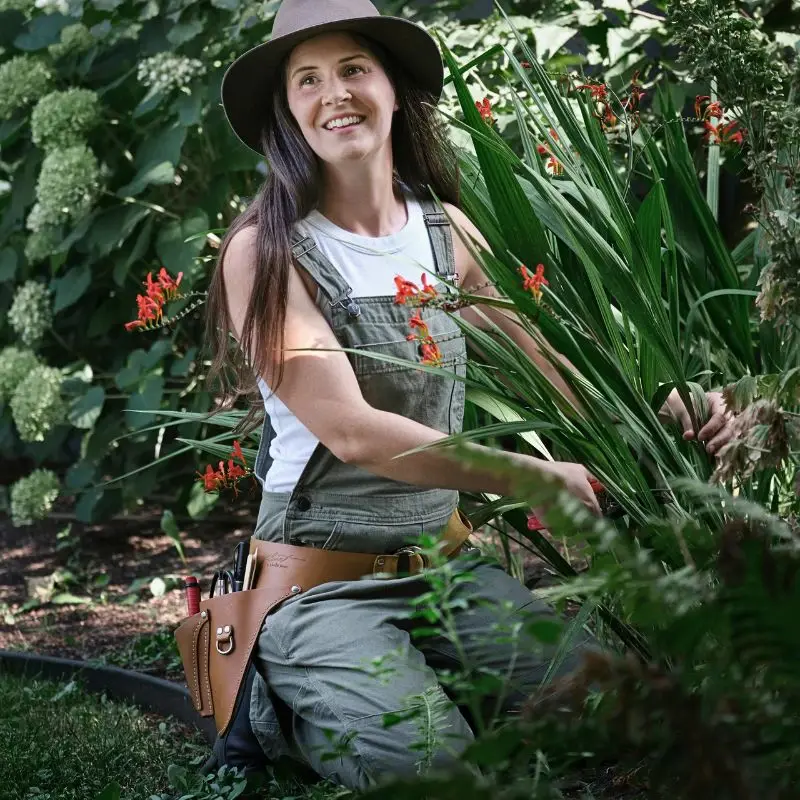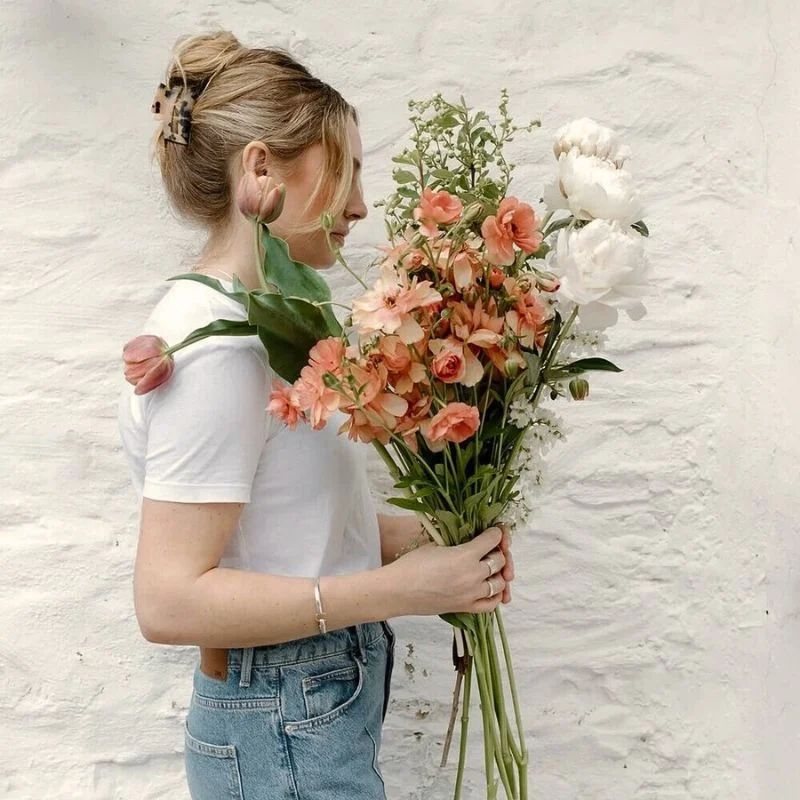Sustainability in business has evolved from niche to necessity, especially within the floral industry where green practices are proving to be cost-cutting measures as much as they are earth-friendly. A bouquet of eco-friendly initiatives awaits those willing to cultivate change.
Consider this: water-saving techniques conserve precious resources and diminish monthly bills. Upcycling green waste into compost can cut disposal fees while sourcing locally grown flowers slashes transportation expenses.
Moreover, renewable energy adoption has moved from an ethical choice to an economic one. Let's unravel these practices where profitability blooms alongside sustainability.
Irrigation Innovation: Less Water, More Green
So, you're examining your floral business's water usage? Smart move. On the surface, it’s about conservation - below, it translates into substantial savings. The introduction of precise irrigation systems represents a significant leap forward.

Drip technology and soil moisture sensors, for instance, minimize overwatering by delivering the exact amount needed at the root zone. Consider rainwater harvesting – capturing what nature provides and reducing reliance on municipal systems can lead to a noticeable reduction in water bills.
This proactive approach not only bolsters your bottom line but also manifests as a tangible commitment to sustainability that resonates with consumers just as strongly as a vibrant array of petals.
From Petals to Compost: Turning Waste Into Wealth
But what about the remnants of your floral craft? Those stems, leaves, and unsold bouquets are not just refuse; they're an untapped resource. By composting organic waste, you do more than simply rid yourself of excess material - you create a cycle of value.
Initiating an in-house composting operation transforms waste into high-quality soil amendments, slashing the need for commercial fertilizers while enhancing plant growth and flower vitality.
Moreover, selling this homegrown compost can open up an additional revenue stream or offer a value-add to customers seeking sustainable products. Embracing this practice speaks volumes about your brand’s dedication to circular economy principles and can carve out cost advantages that are as clear as day.
The Local Bloom Boom: Cutting Costs and Carbon Footprints
Switching gears to procurement - think of choosing locally sourced flowers as investing in the best savings account for your business's energy expenditures. It's a simple equation: reduced travel distances mean lower transportation costs and fewer carbon emissions, much like how a high-interest savings account works for your money, optimizing your financial resources without effort on your part.
By reducing the need for long-haul shipping, you not only save on fuel but also curtail the risk of delays and potential spoilage - essential considerations when freshness is currency.
Plus, supporting local growers can build community connections that may lead to collaborative opportunities or shared marketing efforts. This strategy does more than keep operations lean; it sows seeds for growing customer approval and loyalty by showcasing an investment in local sustainability.

Harnessing the Sun: Renewable Energy in Floral Operations
And yet, sustainability in the floral industry extends beyond the fields and into the facilities where blooms are processed and preserved. One of the most potent petals in this bouquet of green initiatives? Solar energy. By installing solar panels on your operation’s rooftops or land, you’re effectively locking in energy costs at a lower rate while decreasing reliance on fossil fuels.
This step might come with an upfront investment, but many find that state incentives and federal tax credits can significantly offset initial expenses. Furthermore, solar power brings predictability to monthly energy bills - akin to holding a fixed mortgage rate in an otherwise fluctuating market.
Over time, this transition doesn't just contribute to cleaner air; it also cultivates a legacy of responsibility and positions your brand at the forefront of ecological innovation within your industry segment.
Packaging With Purpose: Biodegradable Solutions That Save
So, the conversation turns to packaging - a crucial touchpoint in customer experience and environmental impact. Traditional packaging materials are often seen as necessary evils in the floral industry. Yet, there's a shift taking root with biodegradable options that offer both aesthetic and economic benefits.
Choosing plant-based, compostable wrappings or recyclable containers not only softens your ecological footprint but can also reduce waste disposal costs. Customers today are attuned to the materials cradling their purchases; eco-friendly packaging becomes a silent salesman for your brand’s values.
While there might be a slightly higher cost upfront for these greener alternatives, reduced long-term expenses and enhanced brand loyalty from eco-conscious consumers make it an investment that blooms with savings over time.

Lean and Green: Streamlining for Sustainable Efficiency
But consider this: efficiency isn't just about speed; it's about precision, the calculated trimming of excess from operations without sacrificing quality. In the floral industry, adopting a 'lean and green' approach can significantly reduce waste and costs.
Implementing lean management techniques - like Kaizen or continuous improvement practices - allows for constant evaluation and adjustment of workflows, ensuring that resources are used to their fullest potential. This method reduces not only physical waste but also time wasted on inefficient processes.
Also, by integrating energy-efficient lighting and climate control systems into your facilities, you can achieve greater energy savings while maintaining the perfect environment for your flowers to thrive. These streamlined processes prove that judicious use of resources aligns with both ecological stewardship and fiscal prudence.
Eco-Certification: Gaining Trust and Tax Breaks
Now, imagine your floral business flourishing with a seal of approval for sustainable practices. Eco-certification is more than a badge; it’s a statement that resonates with customers and opens doors to financial incentives.
Pursuing certifications like Rainforest Alliance or Fair Trade can serve as a testament to your commitment to environmental stewardship and social responsibility. Such credentials not only build consumer trust but can also lead to tax advantages, grants, or preferential market access.
These rewards often offset the cost of certification and usher in economies of scale as demand for responsible products grows. Thus, investing in eco-certification becomes a strategic move that plants seeds for long-term growth in reputation and returns.
Blooming Profits: A Greener Future
In truth, the floral industry’s pivot toward sustainability is proving to be a fertile ground for both eco-consciousness and profit. Every eco-friendly measure, from meticulous water management to the adoption of solar power, yields a twofold benefit: financial efficiencies and safeguarding nature.
With the rising consumer demand for sustainable practices, businesses intertwining their growth with green strategies are set to flourish. The future grows brighter with each step towards more sustainable operations, promising a landscape where success and stewardship bloom in unison.










